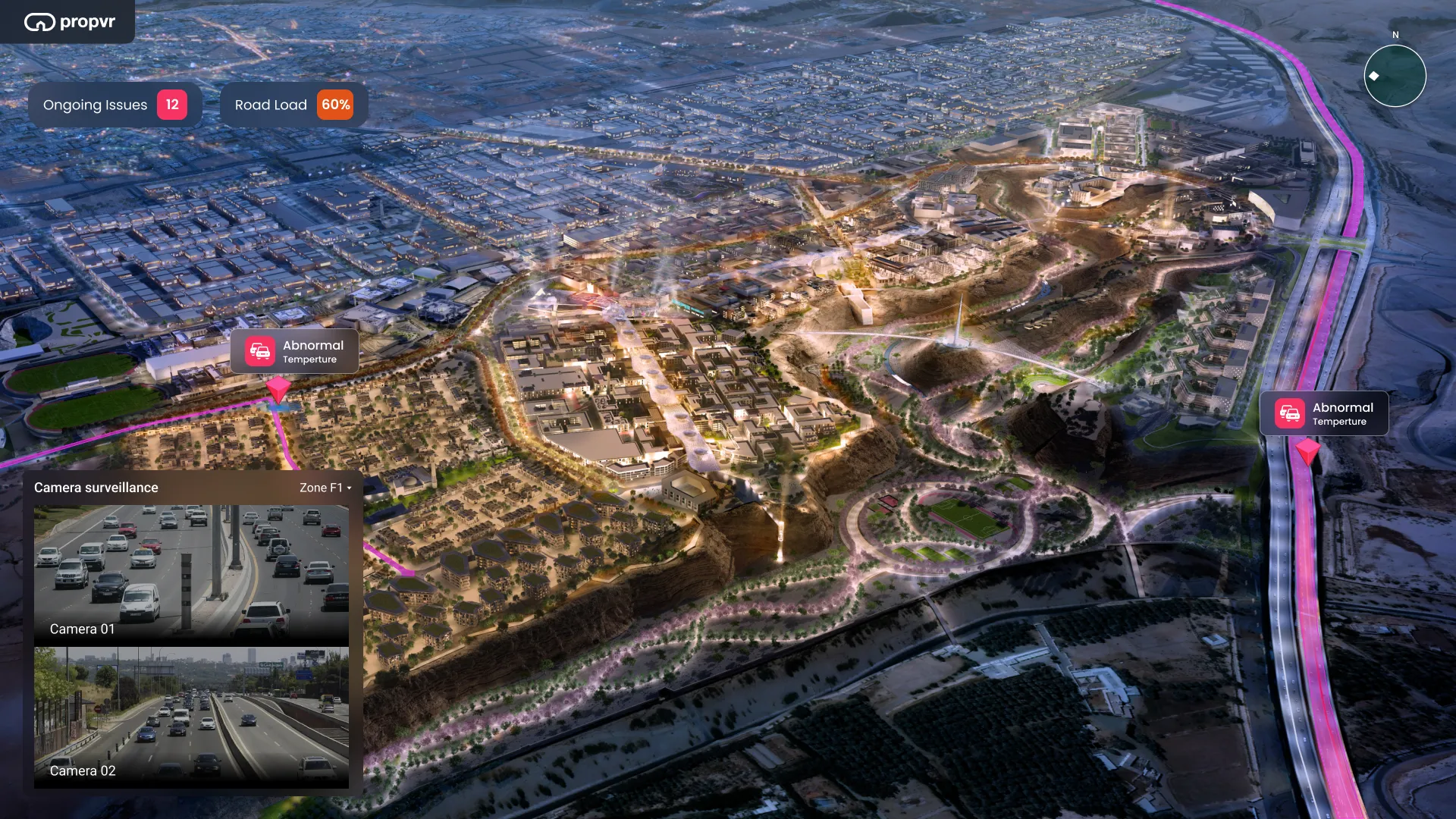Optimizing Urban Mobility with Digital Twins in Smart Cities
Introduction:
A smart city integrated Digital Twin technology to optimize urban mobility, aiming to reduce traffic congestion, lower emissions, and improve transportation efficiency in preparation for COP28.
Scenario Analysis
The city faced challenges in managing traffic flow and providing sustainable transportation options, leading to congestion and air pollution. Traditional traffic management systems were insufficient for addressing the complex dynamics of urban mobility.
Product Integration and Benefits
- Real-Time Traffic Monitoring: Digital Twins provided real-time insights into traffic conditions, enabling dynamic adjustments to traffic signal timings and route recommendations.
- Predictive Traffic Analysis: The technology analyzed historical data and predicted traffic patterns, allowing for proactive measures to mitigate congestion and optimize transportation routes.
- Promotion of Sustainable Transportation: Digital Twins facilitated the integration of public transit systems, bike-sharing programs, and pedestrian pathways, encouraging environmentally friendly modes of transportation.

Conclusion
The integration of Digital Twin technology optimized urban mobility in the smart city, resulting in reduced traffic congestion, lower emissions, and improved transportation efficiency. This enhancement supported the city's sustainability goals and preparedness for COP28, showcasing its commitment to addressing climate change and fostering a more livable urban environment.